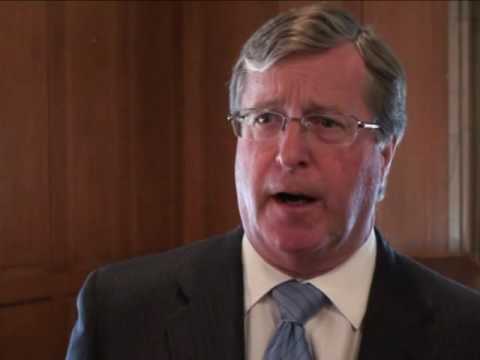
"Protecting Water Resources"

In every consideration of how to turn around the upstate New York economy, we have to take an accounting of regional assets. It’s a fundamental step in the development of strategies to shore up weaknesses and build on strengths.
Despite the economic challenges that are undeniably spread across the upstate region, such an accounting of our own Southern Tier-Finger Lakes region would reveal plenty of reasons to take heart. A manufacturing base that can be reenergized. A foundation of higher education and high-tech research and development that promises an exciting, cutting-edge future. An ever-improving infrastructure.
And let’s not forget about water. That’s right, water. Perhaps of all our resources, an abundance of healthy rivers, streams and lakes sets us apart from so many other places.
In short, New York’s vast water resources harbor an essential role in promoting economic development, as well as the quality of critical ecosystems. For example the Great Lakes basin, which extends to our Finger Lakes region, is a national treasure containing nearly 20 percent of the world's surface freshwater and 95% of the North American supply of surface freshwater. It covers approximately 95,000 square miles and is composed of five of the largest freshwater lakes in the world. The basin supplies 27 million people with drinking water. It defines the regional character. It supports the economy through agriculture, industrial manufacturing, steel production, shipping, commercial and sport fisheries, wildlife watching, recreation and tourism.
So it’s encouraging to note that a piece of legislation being negotiated in the Legislature(it was approved by the Senate inJuly) bodes well for the future of our water. It would establish what’s known as the Great Lakes-St. Lawrence River Basin Water Resources Compact.
In 2001 the governors of the eight Great Lakes states, including New York, and the premiers of the Canadian provinces of Ontario and Quebec, signed a commitment to develop and implement a new common, resource-based conservation standard and apply it to new water withdrawal proposals from the waters of the Great Lakes basin. The forthcoming Compact has been spurred by the fear that as our population increases and freshwater supplies in other regions are more steadily consumed, pressure to utilize Great Lakes water outside the basin will grow. The total volume of water in the Great Lakes may seem immense, but it must be carefully managed so that its economic, ecological and social benefits can be sustained.
The current legislation will codify the Compact’s terms into New York State law. Recognizing the need to protect and conserve this vast reserve in an era of rapidly increasing demands on the nation's water supplies, the Compact strives to improve the protection of the Great Lakes basin in order to ensure its continued availability for use by the people and businesses of New York.
The Compact must be approved by all eight states and Congress by 2011. If that happens, a Great Lakes Advisory Council will be convened to recommend specific actions, coordinate programs and activities that help protect and restore ecosystems, develop policies and principles to govern these resources, and implement effective management strategies.
Equally important, continued action on the Compact will continue to set the stage for preserving water resources everywhere. That’s an incredibly important mission, one that certainly deserves top billing in any and every consideration of upstate’s future.
There are men and women throughout our region, joined by colleagues from across New York, dedicating their lives to the betterment of our water resources. It’s important work. Continued progress on the Compact will help all of them -- and all of us -- to keep learning about and improving the effective protection, management and restoration of a vast and vital naturalresource.



